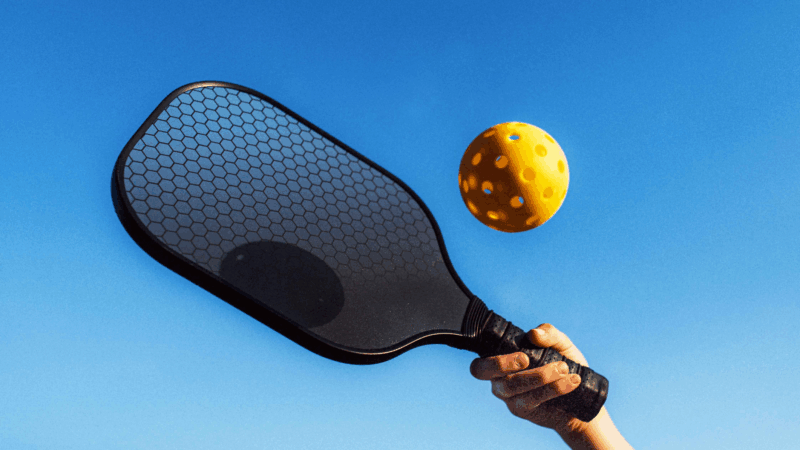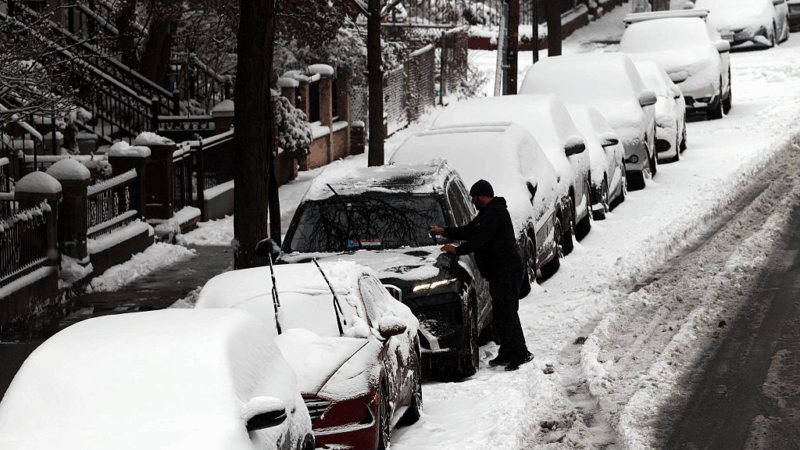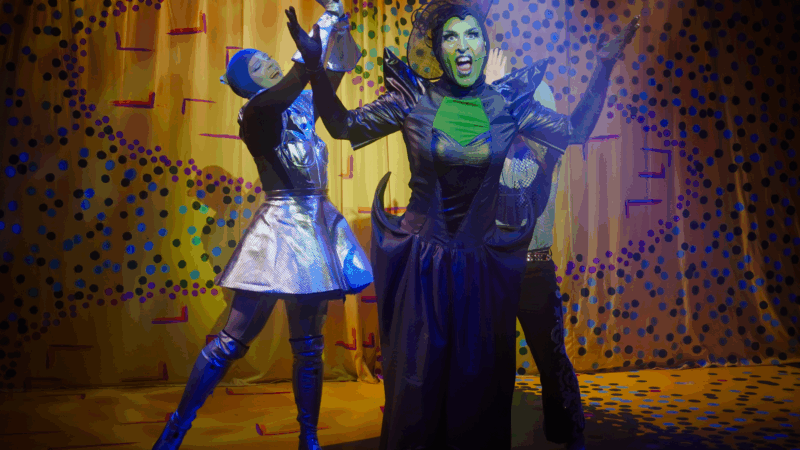Grab the goggles. Pickleball eye injuries are on the rise
Pickleball has quickly become huge in the United States, with nearly 20 million people playing the sport.
But that popularity comes with a price. With more people on the court, pickleball-related eye injuries, including lacerations around the eye, corneal abrasions and inflamed irises, have increased. A study published this week in JAMA Ophthalmology estimates that the incidence of these injuries has risen dramatically, going up by an estimated 405 cases each year from 2021 to 2024.
Researchers looked at data from a representative population of patients in emergency departments across the U.S. to understand which pickleball players are especially vulnerable to eye injuries and how they occurred. From there, they estimated what those trends looked like on a national scale.
Given the “alarming” increase in eye injury cases, the study authors called for developing standardized guidelines for eye protection, which has been found to reduce up to 90% of sports-related eye injuries. Other sports such as squash have mandated such guidelines.
The study found that 70% of cases were in adults 50 years or older. Dr. Natasha Desai, the co-director for the Center for Women’s Sports Medicine at NYU Langone, was surprised to see this finding because a large share of sports-related injuries occur in young players.
Desai, who wasn’t involved in this study, doesn’t think the sport is necessarily getting more dangerous. “More people are playing, so there’s going to be more injuries at a higher volume,” she says.
And there are a lot of ways you can get injured in pickleball, notes Dr. Corey Lacher, an ophthalmologist resident at Rutgers New Jersey Medical School and the paper’s lead author, including getting hit by the ball, a paddle or by falling.
“A lot of people think that just because it’s a wiffle ball that you’re not going to get hurt,” he says. But, it’s still risky because “everything is very fast-paced in pickleball and you’re playing on a very small court.”
However, getting players to wear eye protection is easier said than done, as Desai points out. It’s another piece of equipment players have to purchase and bring with them. And with so many options on the market, choosing a pair can be daunting.
Players would benefit from standardized eye protection guidelines for pickleball, says Lacher. “There’s $10 pickleball eye protection and there’s $160. How do you know which one to buy?”
If you’re shopping for eyewear, Lacher and Desai recommend products made of shatter-resistant polycarbonate and those that meet the American Society for Testing and Materials’s F3164 standard.
Dr. Daniel Henick, an ophthalmology resident at Yale School of Medicine and an avid pickleball player, has been researching which groups of players are wearing eye protection and why the rest aren’t. He says one of the most common reasons players don’t use protective eyewear is that they aren’t aware of the risks.
Henick says that having standardized guidelines, posting them outside of courts for players to see, making eye-protection more user-friendly, and encouraging professional pickleball athletes to set an example for the influx of new players could help reduce injuries.
The paper points out its limitations are having a small sample size and relying on a database that only includes emergency departments that opt in to the data collection. But Lacher sees the main takeaway from the study as bringing awareness to these injuries.
Henick agrees, noting these injuries can sometimes be life-changing: “We’re talking about hundreds, if not thousands, of injuries every year that could be prevented with what could be a relatively simple intervention.”
USA Pickleball did not reply to a request for comment on the study’s call for eye-protection guidelines.
Jeffrey R. Holland, next in line to lead Church of Jesus Christ of Latter-day Saints, dies at 85
Jeffrey R. Holland led the Quorum of the Twelve Apostles, a key governing body. He was next in line to become the church's president.
Winter storm brings heavy snow and ice to busy holiday travel weekend
A powerful winter storm is impacting parts of the U.S. with major snowfall, ice, and below zero wind chills. The conditions are disrupting holiday travel and could last through next week.
Disability rights advocate Bob Kafka dead at 79
Bob Kafka was an organizer with ADAPT (American Disabled for Attendant Programs Today), a group which advocates for policy change to support people with disabilities.
‘It’s behind you!’ How Britain goes wild for pantomimes during the holidays
Pantomimes are plays based on a well-known story — often a fairy tale — which are given a bawdy twist. The audience is expected to join in throughout, shouting as loudly as they can.
Kennedy Center vows to sue musician who canceled performance over Trump name change
The Kennedy Center is planning legal action after jazz musician Chuck Redd canceled an annual holiday concert. Redd pulled out after President Trump's name appeared on the building.
Our top global photo stories from 2025: Fearless women, solo polar bear, healing soups
These stunning photos include a polar bear in a Chinese zoo, a teen in Zambia facing an uncertain future, Mongolian kids watching TV in a tent, a chef prepping a bowl of good-for-you soup.







